Care Instructions Manual
Wear and tear is natural in the objects that we use daily, not to mention a piece of furniture that we love and use daily. We want to minimize the traces of daily use and ensure that your furniture remains intact and beautiful for a long time.
We share a list of instructions for the proper use and correct maintenance of our products. By following these tips, your furniture will remain in good condition and we will reduce the traces of natural wear and tear caused by use and exposure. Constant and timely maintenance of furniture is important.
We recommend you use cleaning products that are friendly to the environment. If you are trying a cleaning product for the first time, make sure to test it on a part that is not visible.
To remove dirt that accumulates on surfaces, use a soft microfiber cloth and ordinary glass cleaner (or water as an alternative). Once clean it is necessary to dry with a cloth. For light stains, you can use a cloth dampened with warm water and mild soap. Avoid using abrasive products or strong chemical cleaners, as they can damage the metal finish. When cleaning, be careful not to rub too hard to avoid scratching the metal surface. Under no circumstances use cleaning products containing granular substances, acetic acid or citric acid.
Do not expose the furniture to sharp or sharp objects, inks, paint or any other material that could damage or scratch the surface. Avoid dragging heavy objects across the surface of metal furniture, as this may cause scratches. Place felt pads on the bottom of objects that will be placed on furniture to prevent friction damage.
Avoid prolonged exposure to moisture as it can cause metal rust. If the furniture accidentally gets wet, dry it immediately with an absorbent cloth. In areas with high humidity, consider using a dehumidifier to maintain a drier environment and protect metal from corrosion.
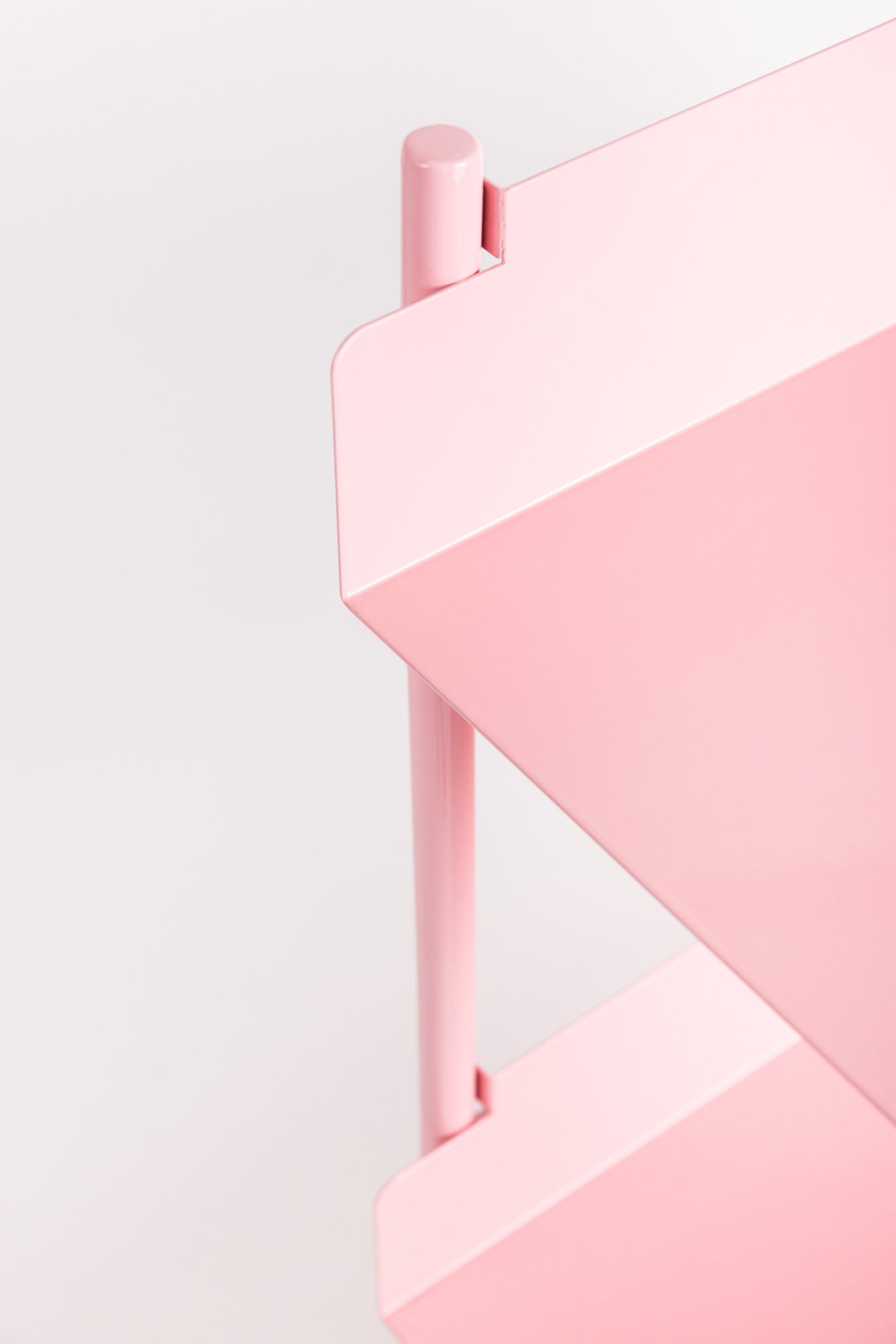

Wooden furniture reacts to its environment and can change tone due to light exposure, so it is important to place the furniture in a location that is protected from direct sunlight.
Keep furniture away from direct heat sources such as radiators or fireplaces, as excessive heat can cause cracks in the wood. If you want to support hot containers or drinks, you must place cloths or accessories to protect the surface.
Sudden changes in temperature can create a cracking or deformation effect. Therefore, we do not recommend wooden countertops in spaces with very powerful air conditioning or those that present these conditions.
To avoid stains, remove spilled liquids immediately. The proper way to clean wood is to use a soft, slightly damp cloth. Immediately dry wet surfaces with a cloth. Avoid rubbing vigorously, as this could cause changes to the surface. This maintenance must be carried out periodically.
Make sure not to use cleaning products containing ammonia. While this product is recommended for furniture cleaning, it can gradually deteriorate the piece, stripping away its shine and color over time. Natural products are preferable. Regularly apply wood care products such as oils or waxes to maintain hydration and protection of the finish.
Use coasters, placemats, and surface protectors to prevent damage from hot, wet, or sharp objects. Place felt on the underside of objects that will be placed on the furniture to prevent scratches caused by movement.
Avoid prolonged exposure to moisture as it can cause wood damage such as swelling, warping or staining..
We recommend preventive maintenance. Regularly check and tighten furniture screws and joints to ensure they are tight and stable. If necessary, reapply wood care products to maintain finish protection over time.
We share some instructions that you should follow to clean your acrylic furniture. First shake off the dust lightly with a soft, clean flannel (without rubbing it). Afterwards you can use a microfiber cloth with water. If the surface is very dirty, you can add a little regular soap and rinse. When finished, you must dry the surface carefully and without generating pressure.
Cleaners to avoid: window cleaners, alcohol, kitchen cleaners, aromatics, and solvents such as thinner, acetone, gasoline, benzene, and tetrachloride. Even though acrylic furniture is clear, you should not use the same cleaners you use for glass windows.
Avoid using brushes as they can scratch the acrylic and damage it.

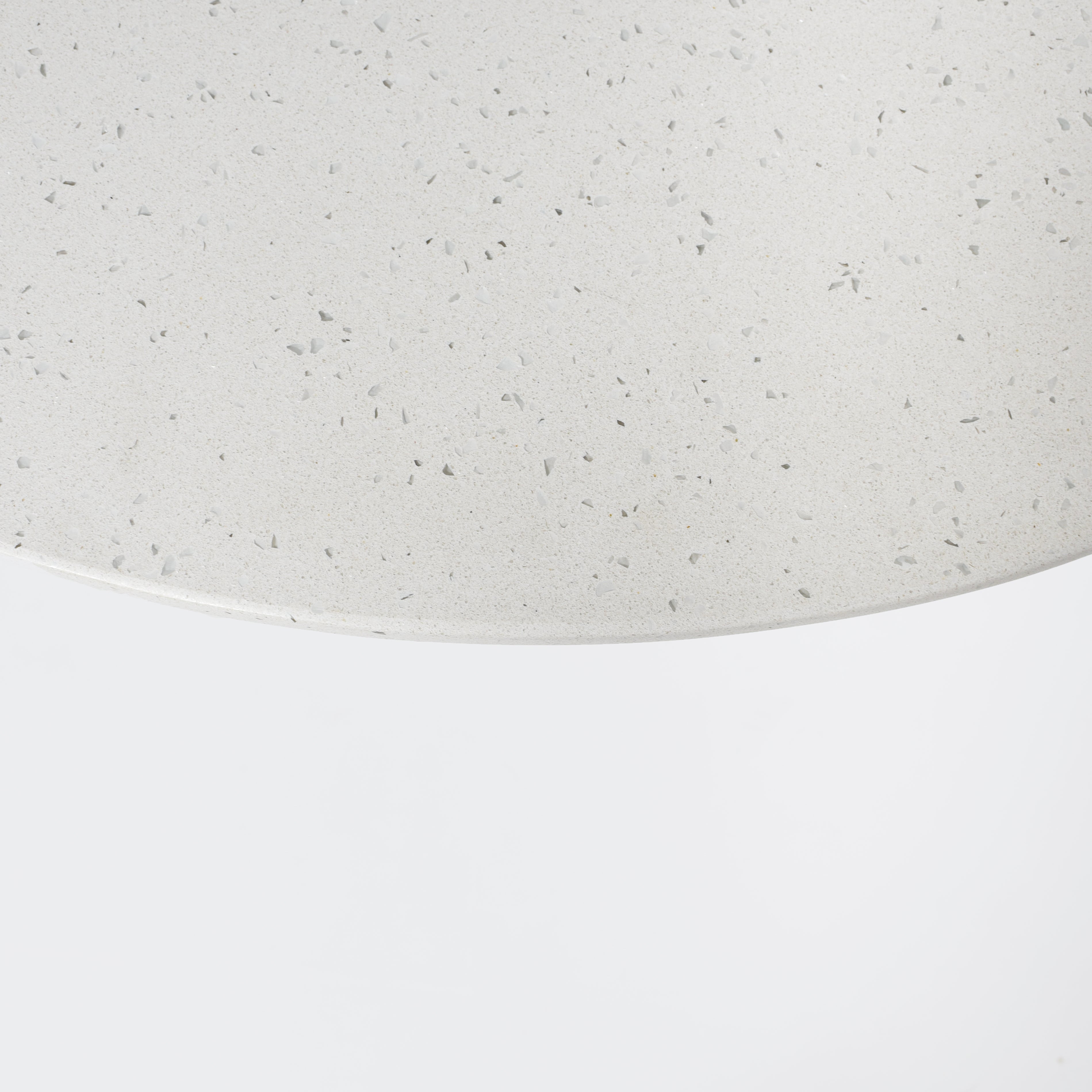
For general cleaning use a soft cloth and warm water. Then dry the surface with a cloth or paper towel. In this case, the water is enough for light daily cleaning.
Quartz is a very resistant material and the care that must be taken is very simple. To remove stains from some products or foods, you can add small amounts of a non-abrasive cleaner or diluted in water.
Most quartz-based materials are resistant to liquids, such as wine, vinegar, tea, coffee or soda, but if spills or food are left on quartz surfaces for long periods, they can cause stains that will be difficult to remove.
Quartz surfaces have high resistance to heat and scratches, which can be caused by harder materials, but they are not proof against them. Therefore, avoid sharp tools. Do not expose the material to very hot objects.
Products to avoid: Cleaners that contain bleach, which although very effective in removing stains and whitening surfaces, is also very corrosive. Cleaners with high pH levels, that is, they are very alkaline, since, like bleach, they can damage the surface. If you need to use them to remove a difficult-to-remove stain, you can dilute them. Likewise, avoid using nail polish removers, permanent markers, chemical inks, oil soaps, among other materials that may be or contain corrosive materials.
To keep thermoforming surfaces in good condition it is important to follow these recommendations. Clean regularly with a clean, dry cloth. To remove stains you can use a damp cloth or soft sponge with neutral detergent. Once this step is finished, you must dry the surface with a soft cloth.
Do not expose the furniture to direct sunlight, heat sources or high temperatures, as it can cause discoloration, especially in light tones. Heat resistant up to 60 C, after this temperature it may cause detachments or irreparable damage to the material.
Avoid placing excessive weight on the products, as there is a risk of deformation. When moving objects on top of furniture, always lift them carefully, without dragging them. Placing special protective stickers (felt) under the decorative objects that you place on each piece of furniture is a suitable solution to avoid scratches on the surfaces.
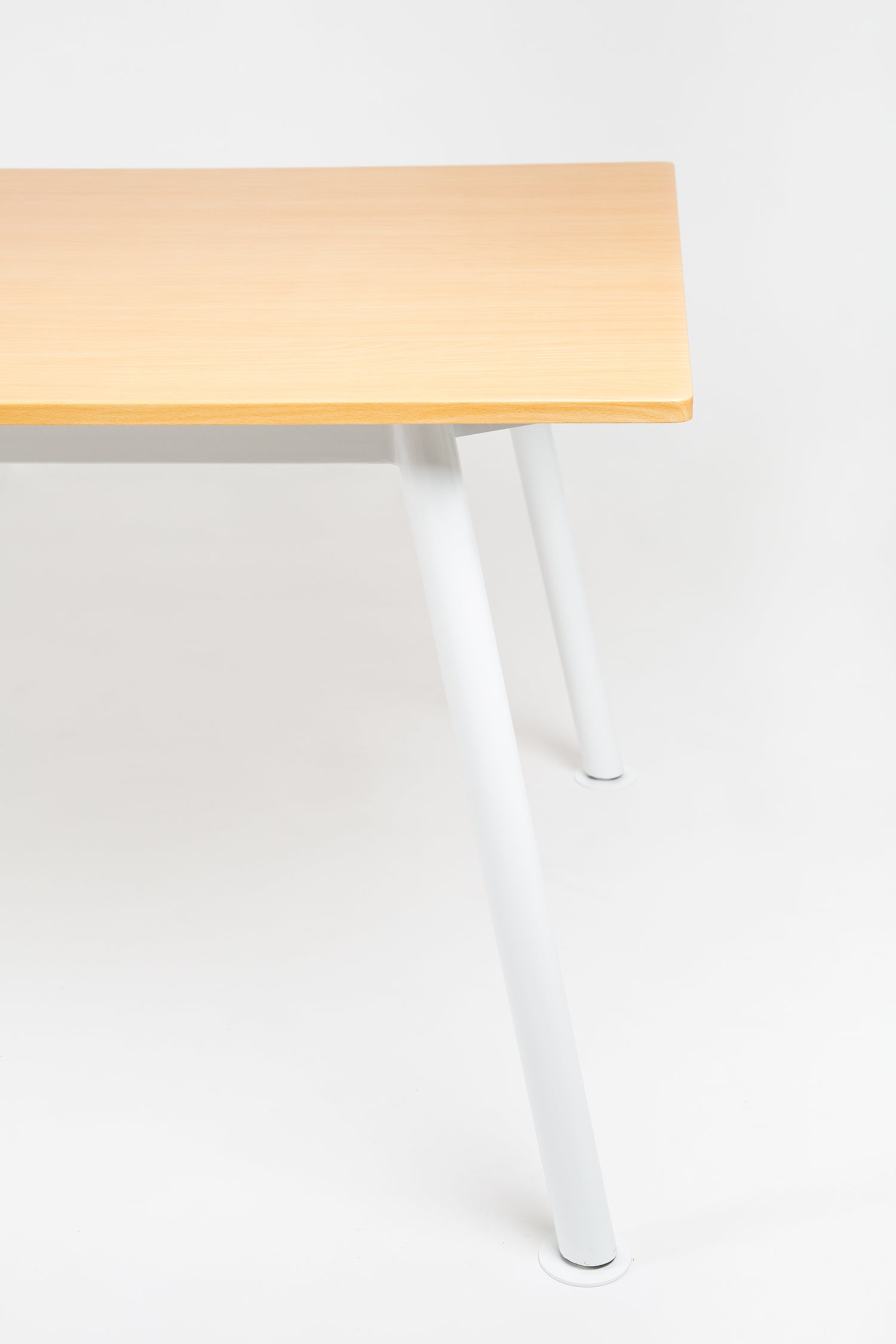
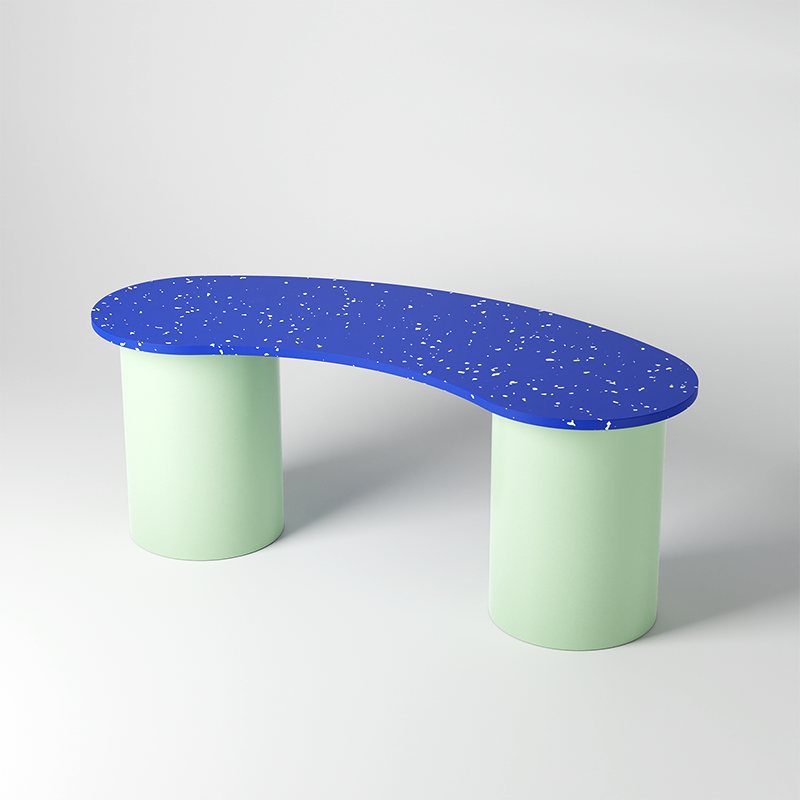
This material is very easy to care for and preserve. To clean, you can use a detergent (preferably without or with little chlorine). Use soft (non-abrasive) sponges or a soft plastic brush. When cleaning the surface, it is advisable not to brush or rub too hard as this may cause scratches.
You cannot use heavy products such as muriatic acid or other acids as they corrode plastic. Most products that are not compatible with plastic have a mention in the warnings so that the person in charge of cleaning can review them before application.
The plastic has a direct heat resistance up to 85°c. The surface is resistant to placing a hot cup of coffee, even if freshly boiled water falls on it there would be no problem. Other factors with much higher temperatures can leave a mark, such as placing a hot iron upside down.
The plastic is resistant to humidity and rain. Direct sun is not recommended. After the accumulation of hours of UV, the mechanical properties decrease and the surface may present a color change. If the material will be exposed, it is recommended that a cover be used during direct sunlight hours (especially between 10am-3pm).
The care of textiles requires constant maintenance in cleaning it. For this we recommend vacuuming to remove dust and lint. Regularly use a soft brush attachment on your vacuum cleaner to remove dust and dirt from the surface of the upholstery. Vacuum hard-to-reach areas, such as seams and folds, to ensure a thorough clean.
To remove stains, use an absorbent (lint-free) cloth. The proper movement is from the edge to the center. Avoid rubbing the stain, as this can cause it to spread. Use a mild, nonabrasive upholstery cleaner to treat more stubborn stains. Always test the cleaner on an inconspicuous area before applying it to the entire surface. To remove dried stains you can use a soft brush. If the stain persists, it is better to contact a specialist.
It is not advisable to rub the surface with force, solvent products or chemicals that can cause variations in the tone of the textile.
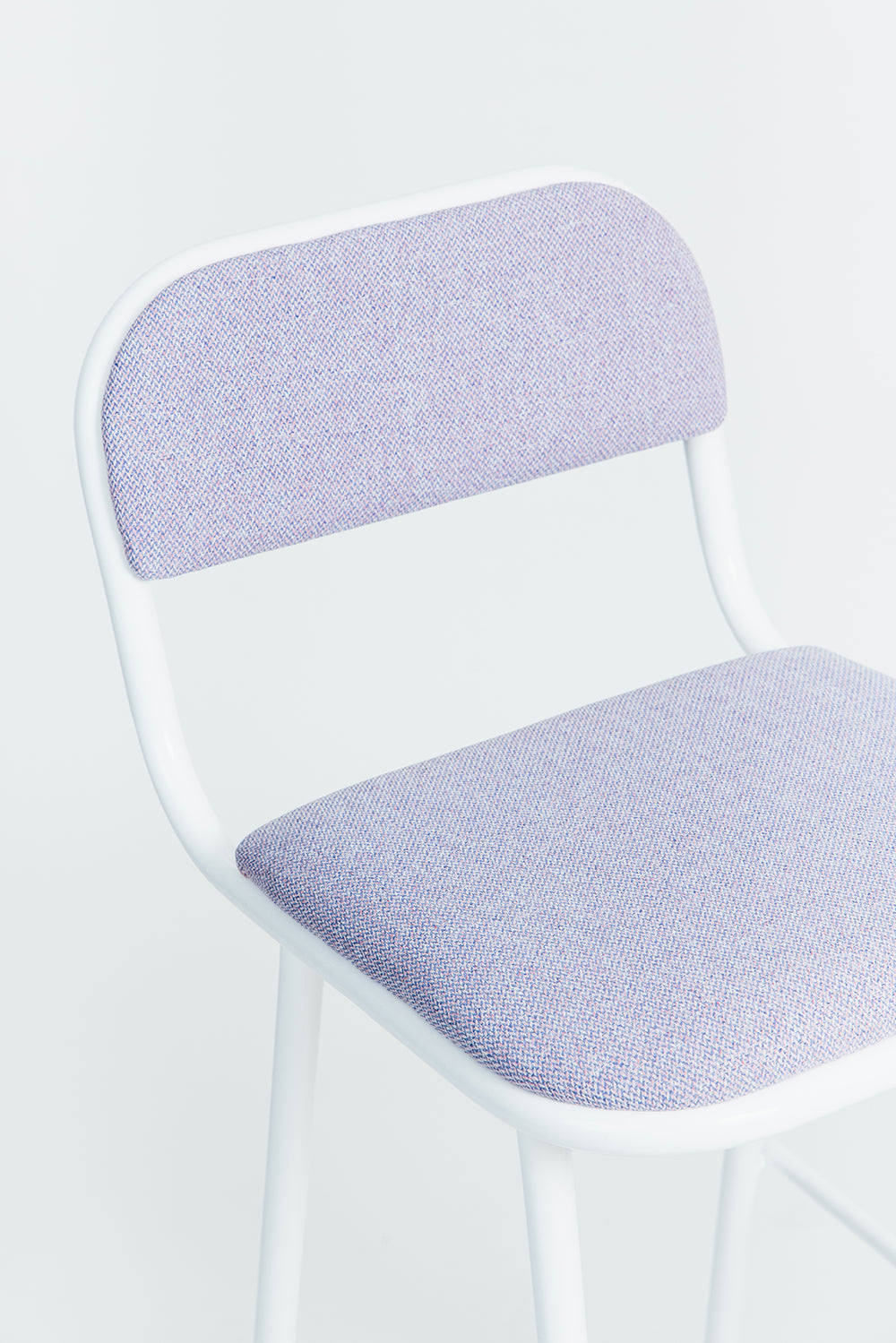
Avoid placing upholstered furniture in areas exposed to direct sunlight for long periods, as this can cause fading and deterioration of the fabric. If possible, use curtains or blinds to reduce exposure to direct sunlight and protect the upholstery.
Avoid sitting on the armrests or backrests of the furniture, as this can cause deformations and premature wear of the upholstery. Use removable protective covers to protect upholstery from spills, stains, and daily wear and tear.
Consider scheduling a professional upholstery cleaning at least once a year to remove deeply built-up dirt and debris. Be sure to hire a professional who is experienced in upholstery cleaning and uses safe and effective methods.
If you have any questions about this topic, do not hesitate to contact us.

